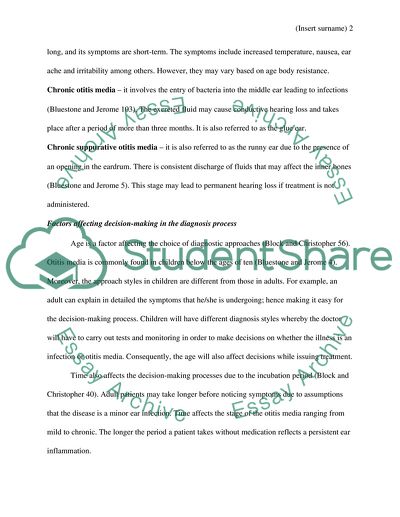Cite this document
(“Otitis media, analyeses and evaluation the care delivered to a patient Essay”, n.d.)
Retrieved from https://studentshare.org/health-sciences-medicine/1666064-otitis-media-analyeses-and-evaluation-the-care-delivered-to-a-patient-with-otitis-media
Retrieved from https://studentshare.org/health-sciences-medicine/1666064-otitis-media-analyeses-and-evaluation-the-care-delivered-to-a-patient-with-otitis-media
(Otitis Media, Analyeses and Evaluation the Care Delivered to a Patient Essay)
https://studentshare.org/health-sciences-medicine/1666064-otitis-media-analyeses-and-evaluation-the-care-delivered-to-a-patient-with-otitis-media.
https://studentshare.org/health-sciences-medicine/1666064-otitis-media-analyeses-and-evaluation-the-care-delivered-to-a-patient-with-otitis-media.
“Otitis Media, Analyeses and Evaluation the Care Delivered to a Patient Essay”, n.d. https://studentshare.org/health-sciences-medicine/1666064-otitis-media-analyeses-and-evaluation-the-care-delivered-to-a-patient-with-otitis-media.


